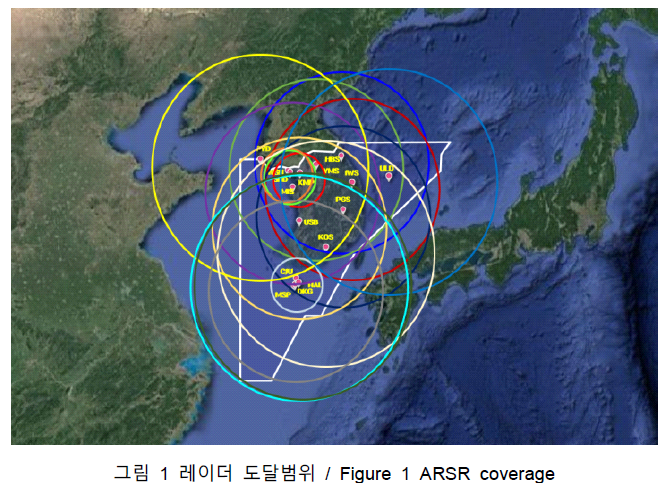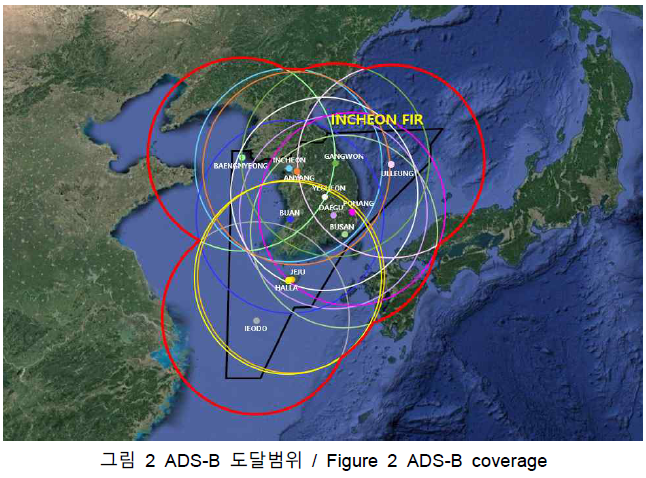ENR 1.6 ATC SURVEILLANCE
1 General
-
European Aviation Safety Agency(EASA) AMC 20-24; or
-
European Aviation Safety Agency(EASA) CS ACNS; or
-
Federal Aviation Safety(FAA) Title 14 Code of Federal Regulations(14 CFR) section91.227 or AC No. 20-165A(or replacement)-Airworthiness Approval of ADS-B; or
-
Configuration standards reflected in Appendix XI of Civil Aviation Order 20.18 of the Civil Aviation Safety Authority of Australia.
ADS-B Out systems that are unable to meet the above requirements must disable ADS-B transmission unless the aircraft always transmits a valu of 0(zero) for one or more of the position quality indicators(NUCp, NIC, NAC of SIL).
A Flight ID that is an exact replica of the Aircraft identification entered field 7 of the ICAO Flight Plan must be programmed into the transponder or Flight management system(FMS) in order to receive surveillance services. Airlines aircraft will use the three-letter ICAO airline code, not the two-letter IATA code. In adition, field 10 should indicate ADS-B capability on the ICAO Flight Plan. For a map of ARSR and ADS-B coverage in Incheon FIR, see Figure 1 and 2.


The application of radar/ADS-B control service
2.
The application of radar/ADS-B control service
-
Radar separation of arriving, departing and en-route traffic;
-
Radar monitor of arriving, departing and en-route traffic to provide information on any significant deviation from the normal flight path;
-
Radar/ADS-B vector when required;
-
Assistance to aircraft in emergency;
-
Assistance to aircraft crossing controlled airspace;
-
Warnings and position information on other aircraft considered to constitute a hazard;
-
Information to assist in the navigation of aircraft
-
radar separation of arriving, departing and en-route traffic;
-
radar monitor of arriving, departing and en-route traffic to provide information on any significant deviation from the normal flight path;
-
radar/ADS-B vector when required;
-
assistance to aircraft in emergency;
-
assistance to aircraft crossing controlled airspace;
-
warnings and position information on other aircraft considered to constitute a hazard;
-
information to assist in the navigation of aircraft
3 Other relevant information and procedures
In the event of radar failure of loss of radar identification, ADS-B surveillance would be provided, and in the event of radar/ADS-B simultaneous failure, instructions will be issued to restore non-radar standard separation.
In the event of radar failure of loss of radar identification, ADS-B surveillance would be provided, and in the event of radar/ADS-B simultaneous failure, instructions will be issued to restore non-radar standard separation.
In the event of an aircraft radio failure, a pilot shall select Mode 3/A, Code 7600.
The radar controller will establish whether the aircraft radio receiver is working by instructing the pilot to carry out a turn or turns, If the turns are observed, the radar controller will continue to provide radar service to the aircraft.
If the aircraft's radio is completely unserviceable, the pilot should carry out the procedures for radio failure in accordance with ICAO provisions. If radar identification has already been established, the radar controller will vector other identified aircraft clear of its track.
-
Except when encountering a state of emergency, pilots shall operate transponders and select modes and codes in accordance with ATC instructions.
-
In the event of an aircraft emergency, a pilot shall select Mode 3/A, Code 7700. If the pilot of an aircraft encountering a state of emergency has previously been directed by ATC to operate the transponder on a specific code, this code setting shall be maintained until otherwise advised.
Pilots of aircraft in flight subjected to unlawful interference shall endeavour to set the transponder to Mode 3/A Code 7500 to make the situation known.